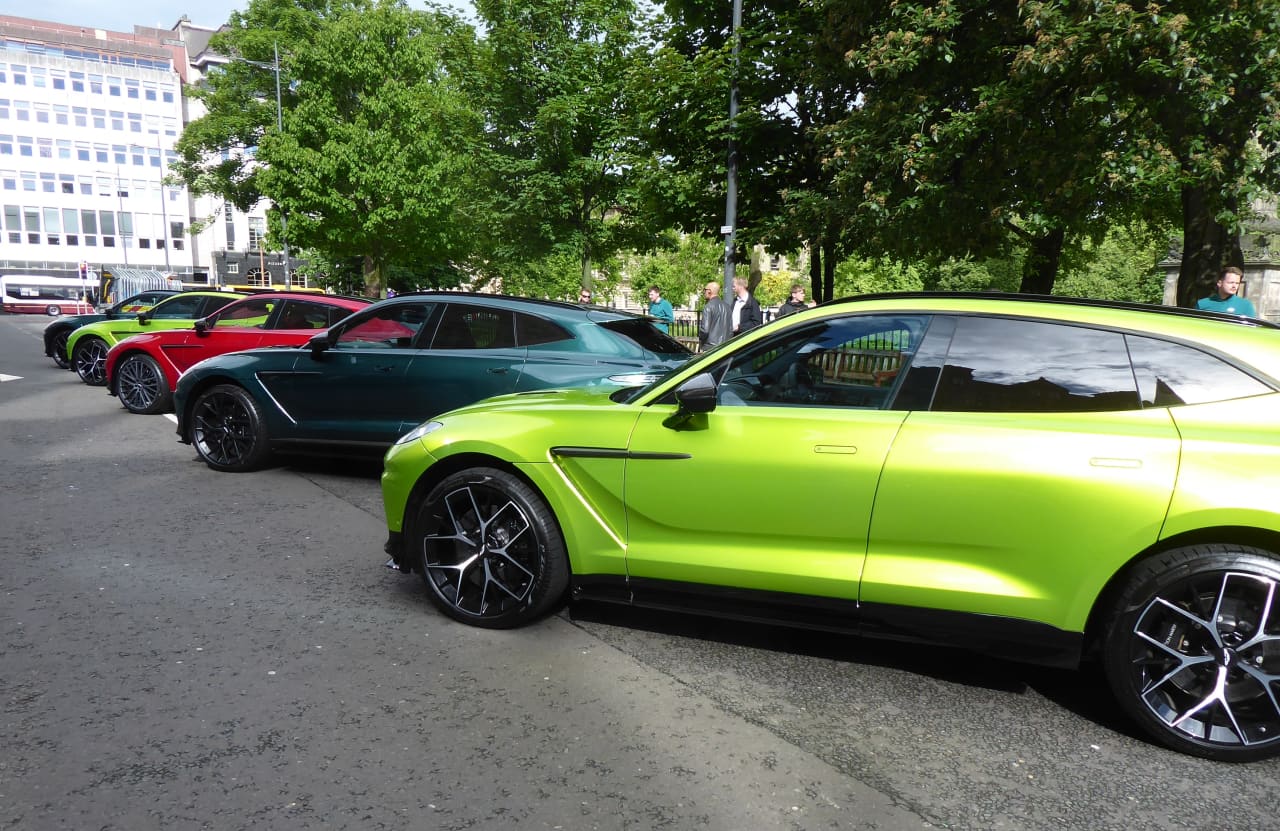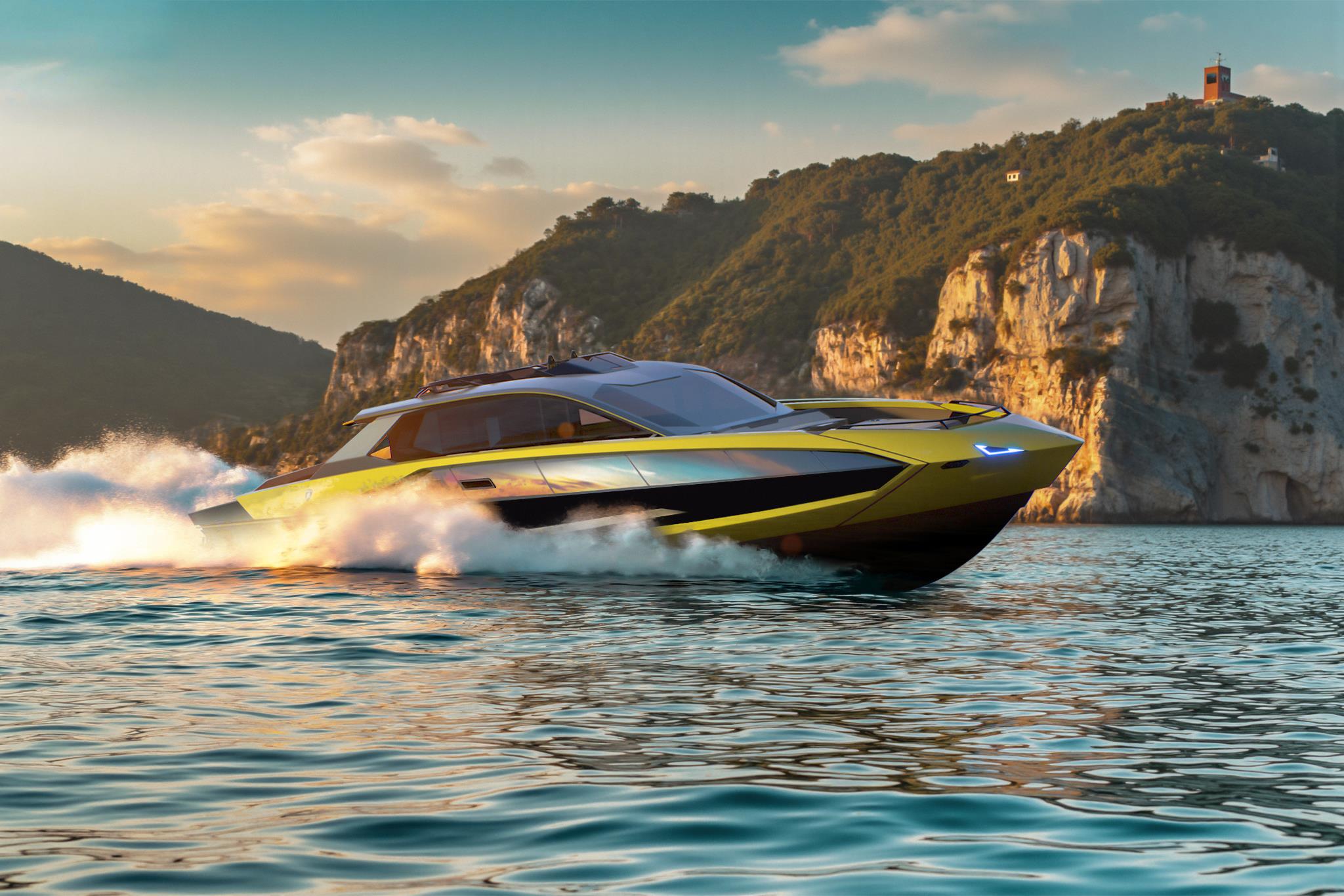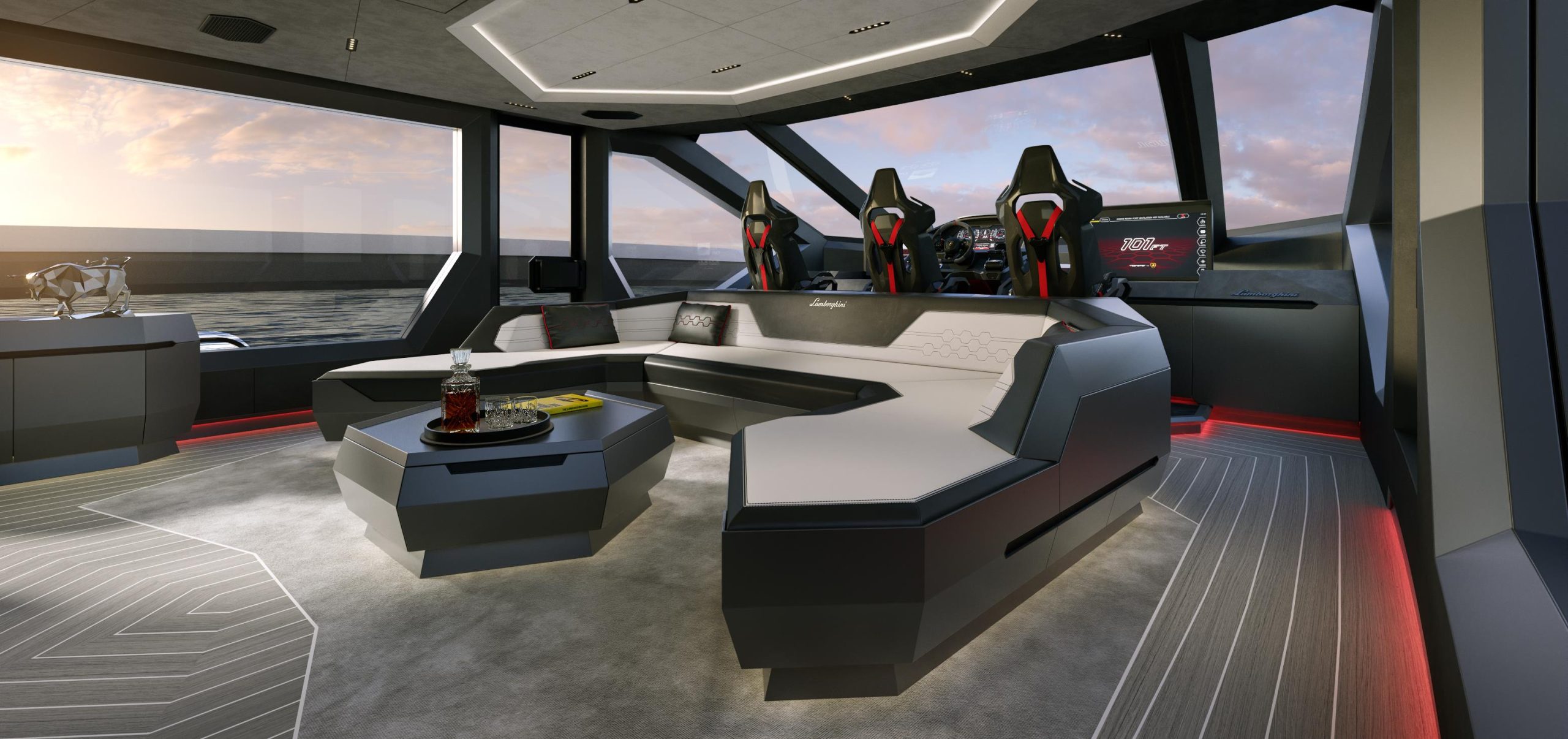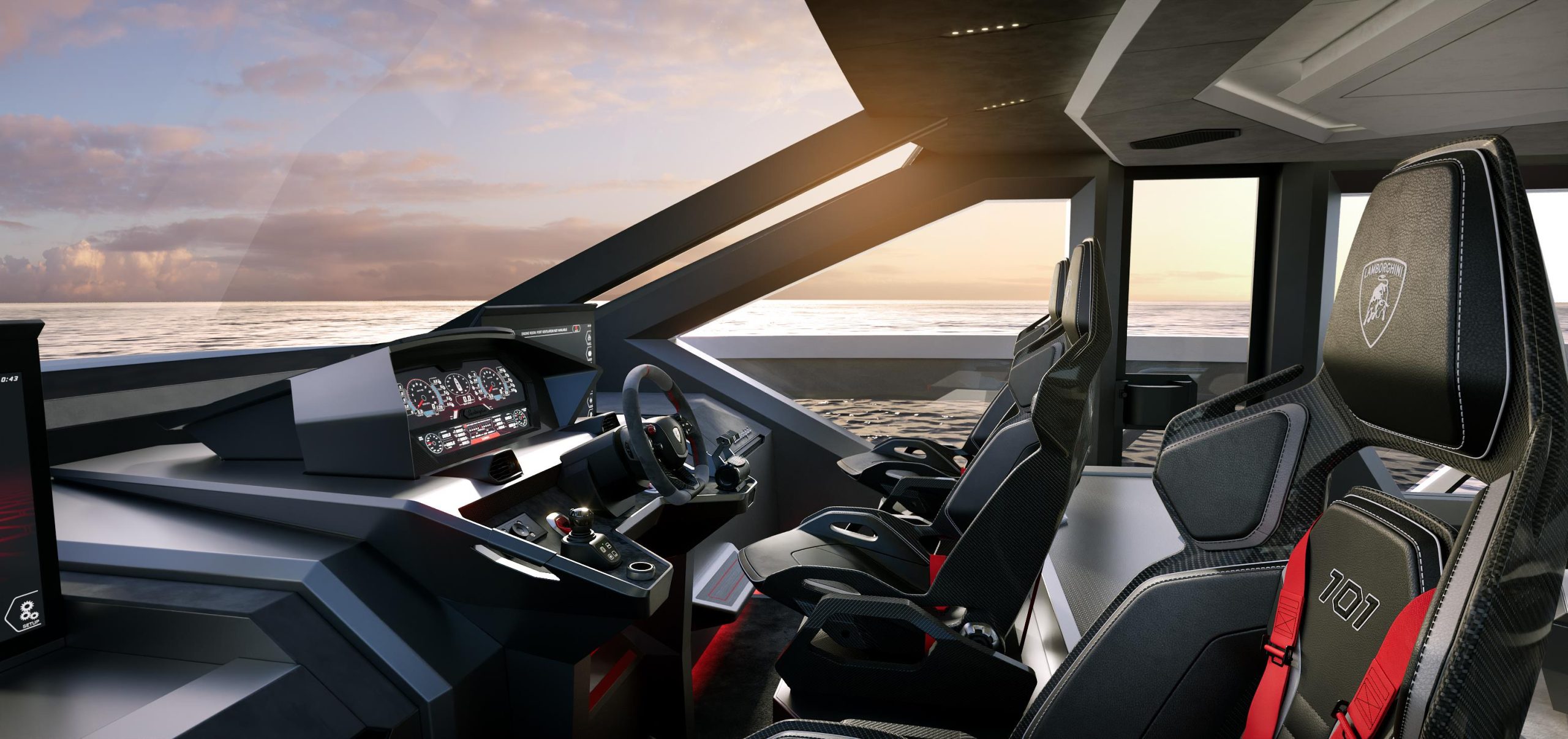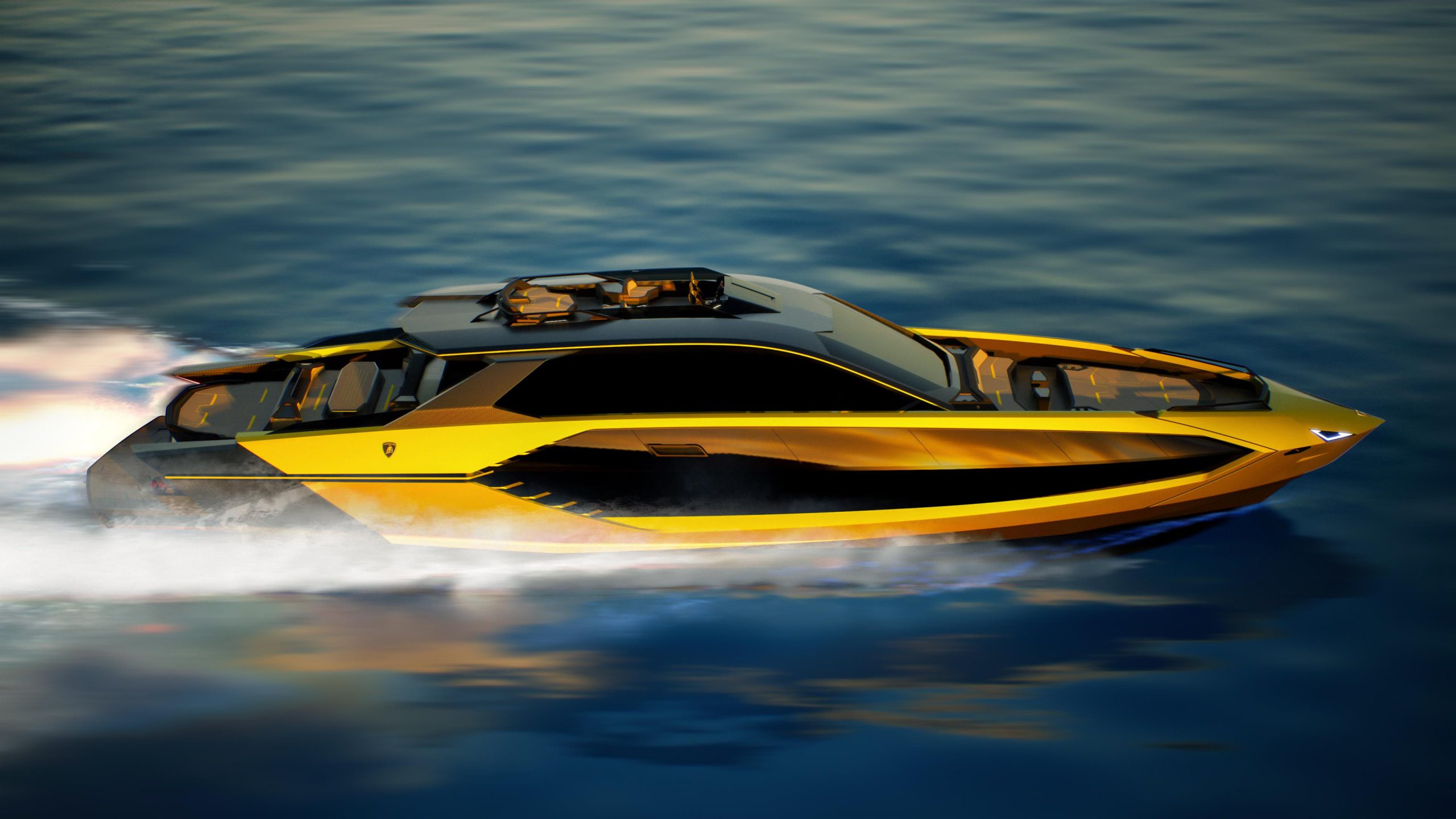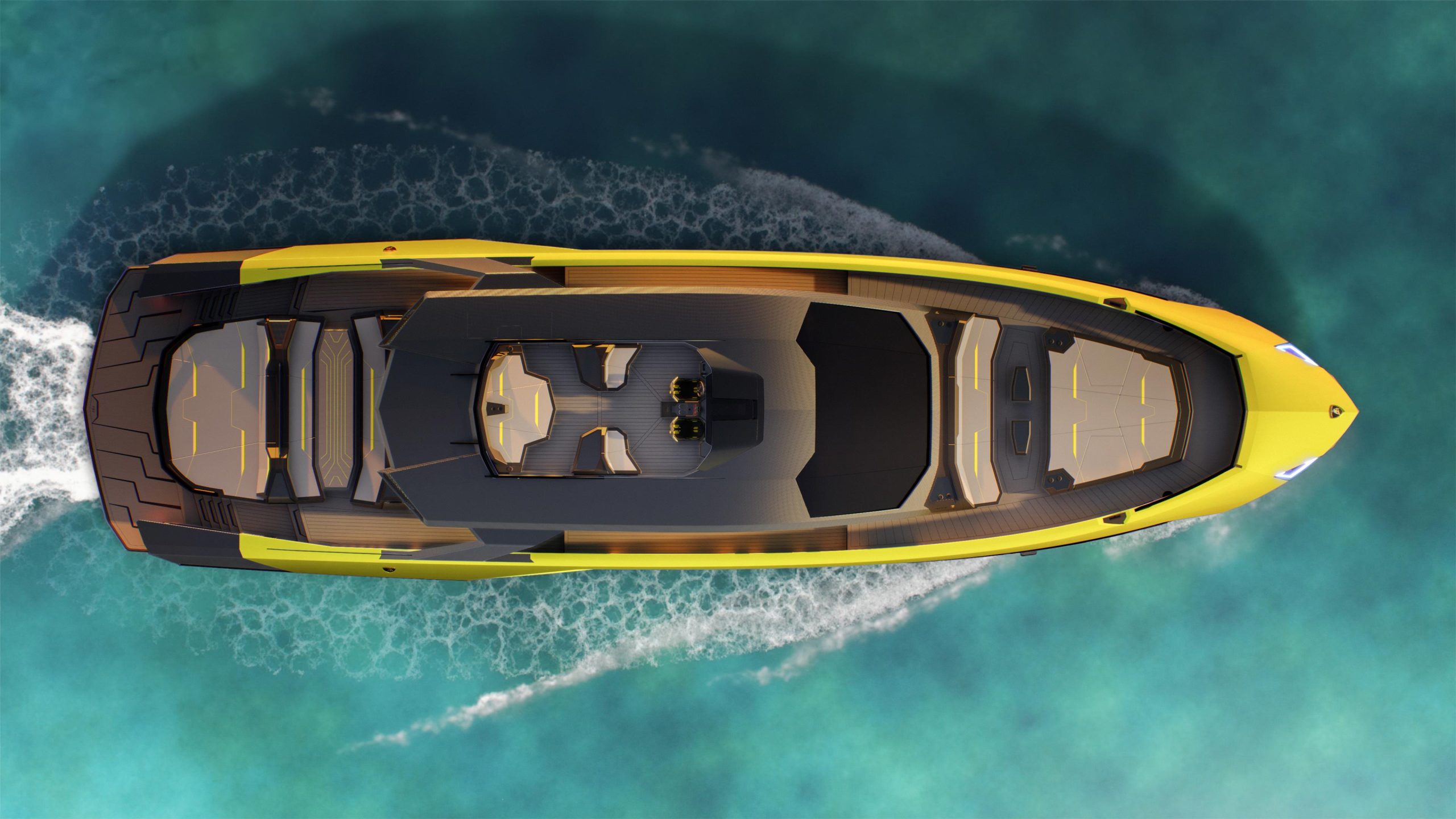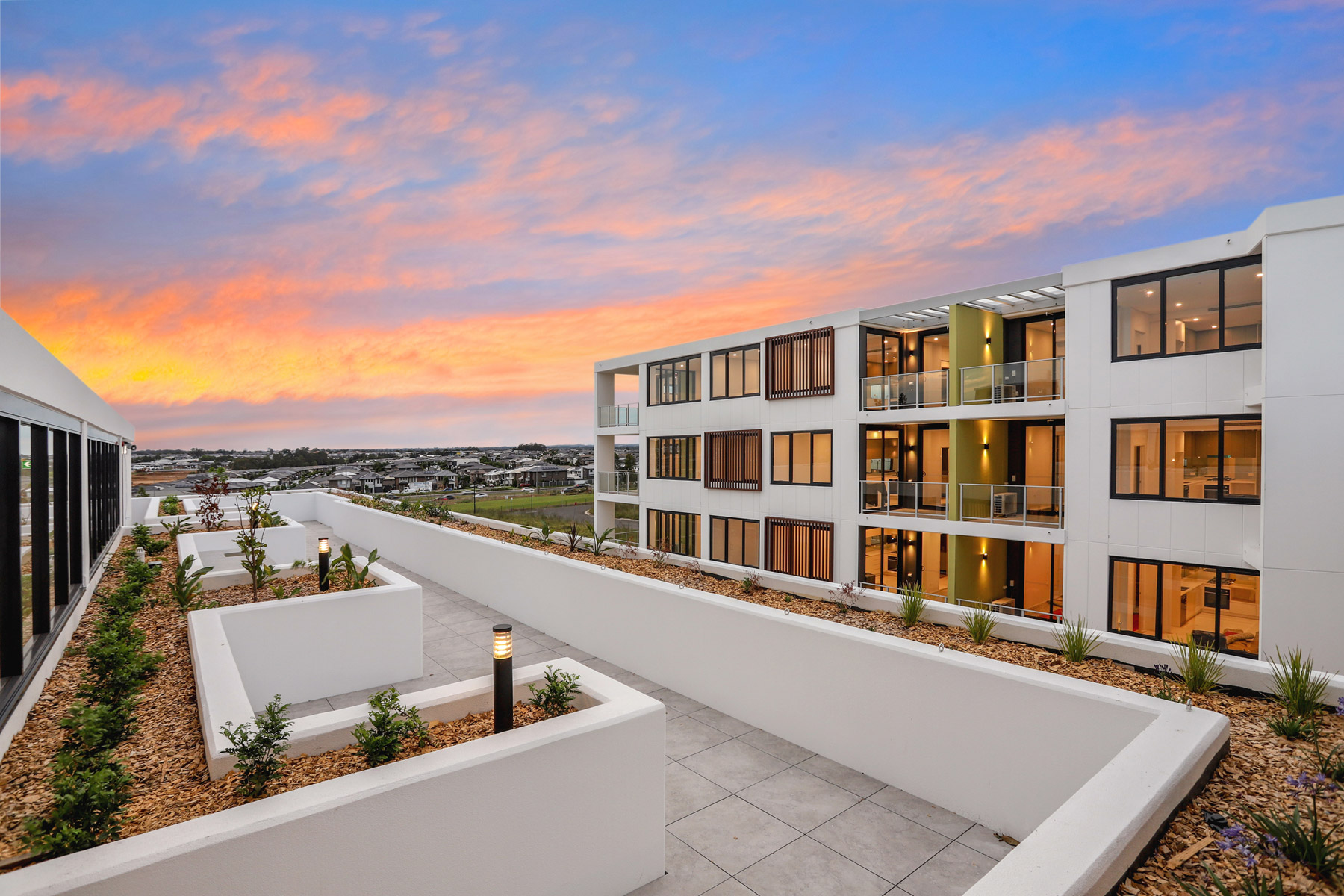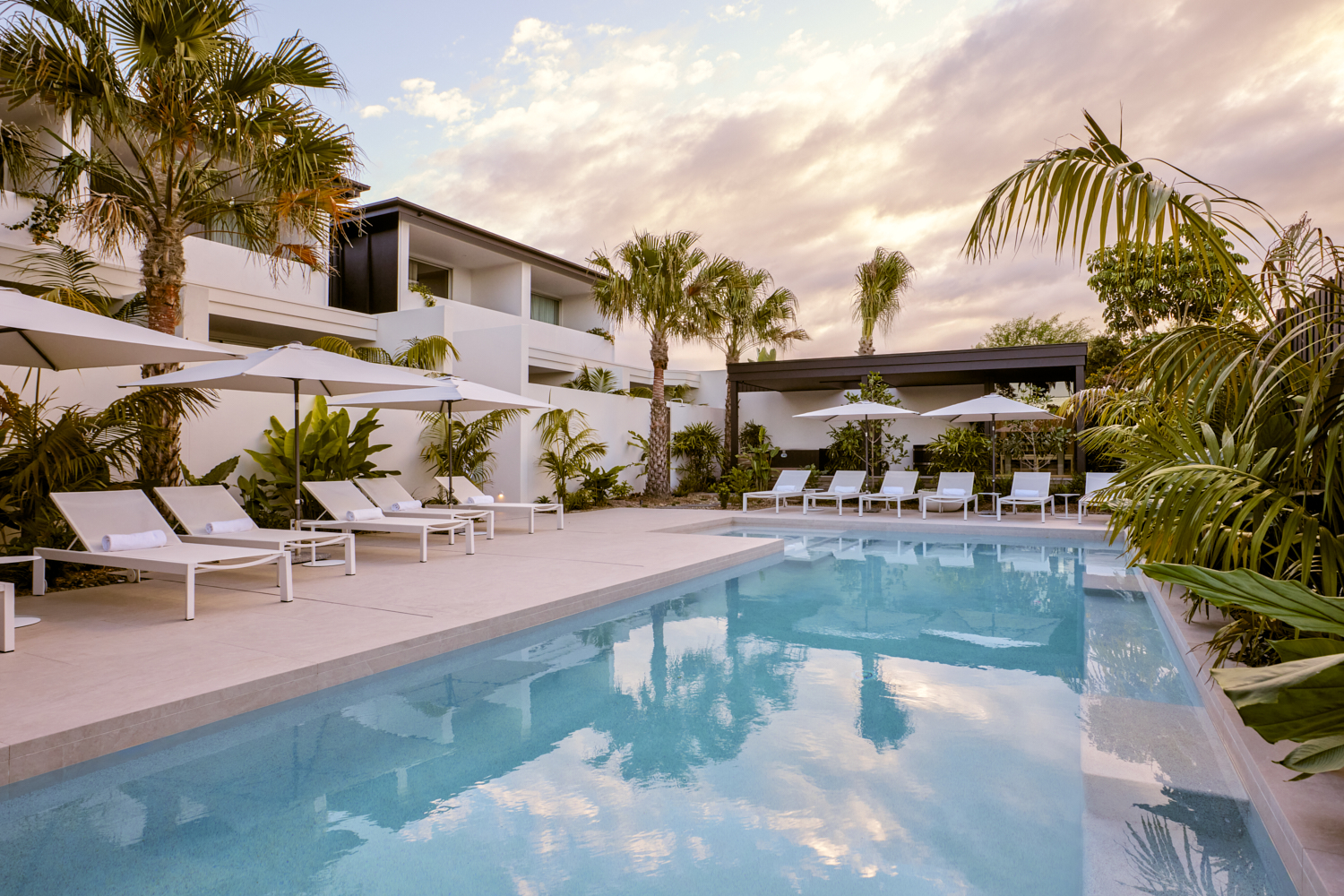Aston Martin Refines Its Exotic Family Car
The DBX, in base or 707 form, is certainly practical for everyday activities.
It’s a two-row SUV whose rear passengers enjoy plenty of legroom, separate climate controls, and heated seating. Although the carbon ceramic brakes are standard, lifestyle options include accessories for transporting pets and “event seating” to enjoy tailgate parties. The latter are amenities once seen only in the popular Range Rover—a car that now has a lot of competition.
“The average mileage driven in our SUVs is two to three times that of the sports cars we sell,” says Alex Long, a product and strategy executive at Aston Martin, which was presenting its upgraded 2025 DBX 707 in Edinburgh earlier this month. “It’s a huge ‘conquest’ car, meaning that three-quarters of the initial buyers were new to the brand. Previously they might have said, ‘I love Aston Martin, but the cars aren’t practical for me.’”
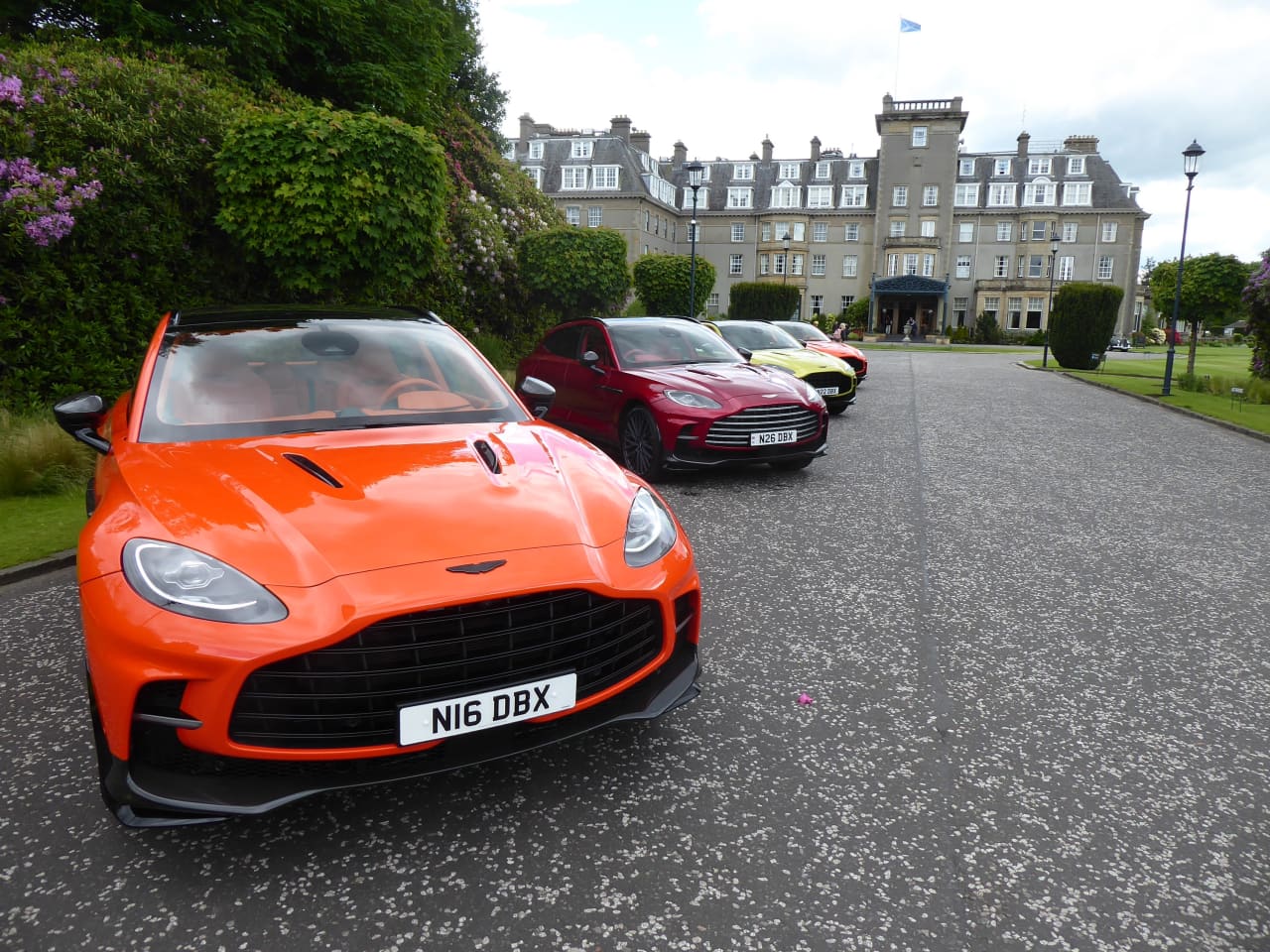
Jim Motavalli
The redesigned interior on the test car was a riot of red leather, even on the hand holds. Carbon fibre, in a process co-developed by Aston, is mostly decorative on the interior, though it’s employed for lightness in the tailgate and tailgate surround. The car lacks a head-up display, but it has just about every other modern amenity, including Apple CarPlay and an (optional) 23-speaker, 1,600-watt Bowers & Wilkins sound system that is new in the 2025 model. There is a 12.3-inch instrument cluster and a 10.25-inch central display. The bottom line for the 707 is US$249,000, putting it considerably below Rolls-Royce Cullinan territory (that one starts at US$392,000). Deliveries began in the second quarter of this year.
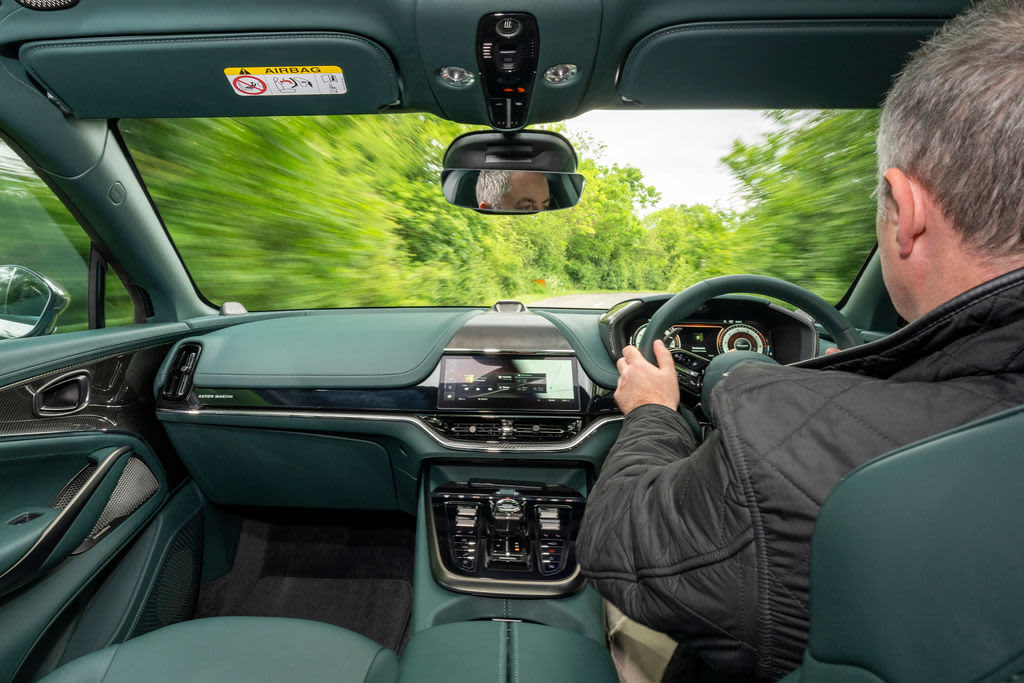
Aston Martin photo
The power comes from a four-litre, twin-turbo V8 obtained from Mercedes-AMG. The output is 697 horsepower and 663 pound-feet of torque, shifted by an also-Mercedes-derived nine-speed wet-clutch automatic. The bulk of the time you’re in rear-wheel drive, but power is directed to the front axle as needed, and the DBX is a capable off-road performer. Americans will also want to know that despite being derived from a long line of two-seat sports cars, the DBX can haul nearly 6,000 pounds.
Big V8s can move a lot of weight, and despite its 4,949 pounds the DBX 707 can reach 60 miles per hour in 3.1 seconds and attain 193 mph.
More than half of Aston’s current sales are of the DBX SUV, and even in Scotland—where the small car used to reign supreme—it’s apparent that the SUV is taking over the roads, Long says. North America is Aston’s biggest market, accounting for 35% of sales.
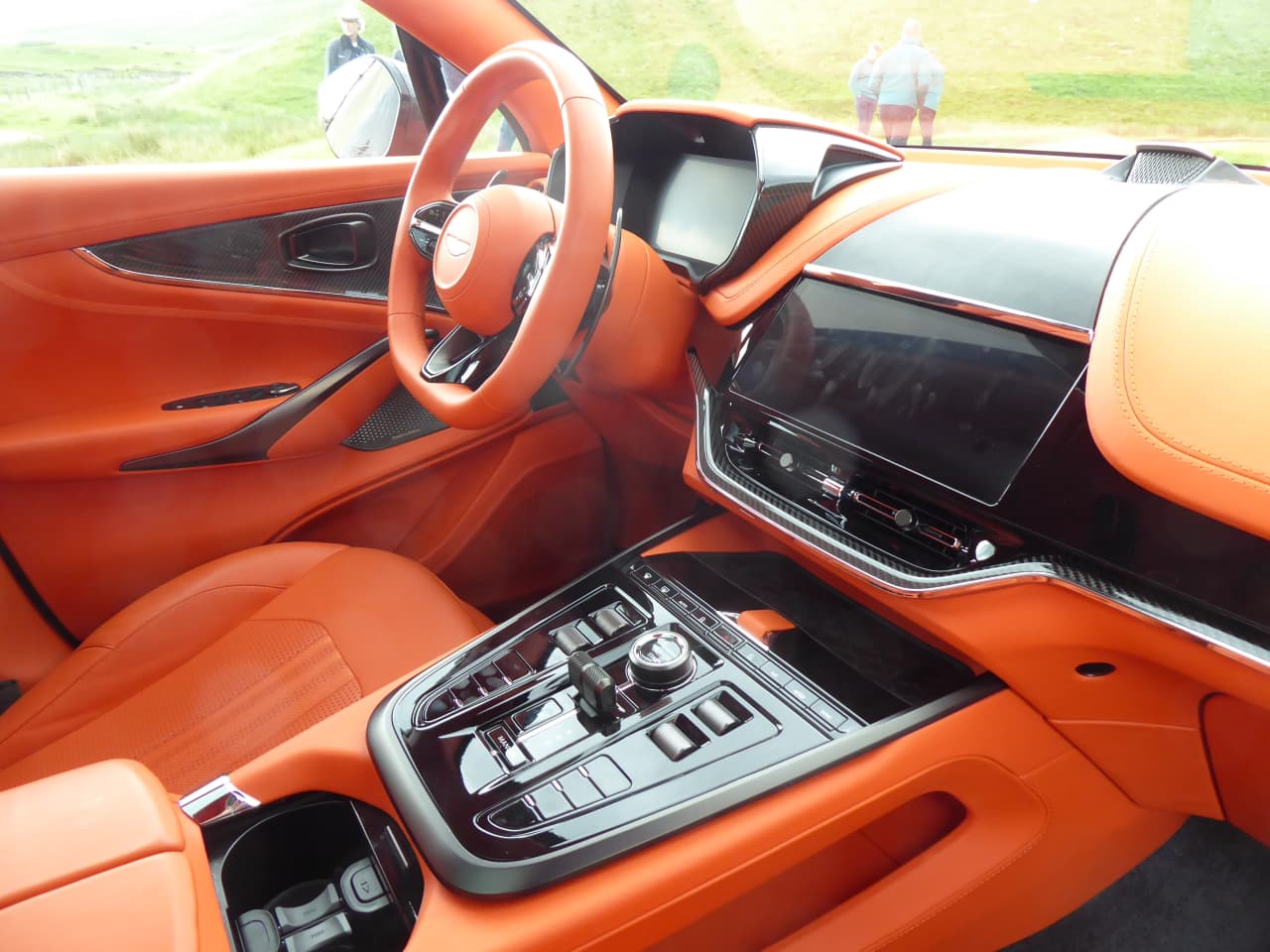
Jim Motavalli photo
The DBX was launched in 2020 and the upmarket 707 in 2022. The platform is not used on any other car. Andy Tokley, chief engineer for the DBX, says the chassis layout of the refreshed model has been modestly redefined for better passenger comfort. There’s ample rear legroom, and fully adaptive shock absorbers, air suspension, and active roll bars deliver a smooth ride. But not too smooth. The tweaks to the DBX included exhaust note tuning so that passengers hear more of that distinctive V8 rumble, Tokley says.
The DBX could be seen as Aston Martin’s best bet for an electric drivetrain, although the company is actively working with American brand Lucid on EVs and plans are somewhat delayed. Aston was to have launched an EV in 2025 but chairman Lawrence Stroll recently told Autocar that “consumer demand is not what we thought it was two years ago.” Four EVs have reportedly been designed, but it will likely be at least 2026 before we see one of them.
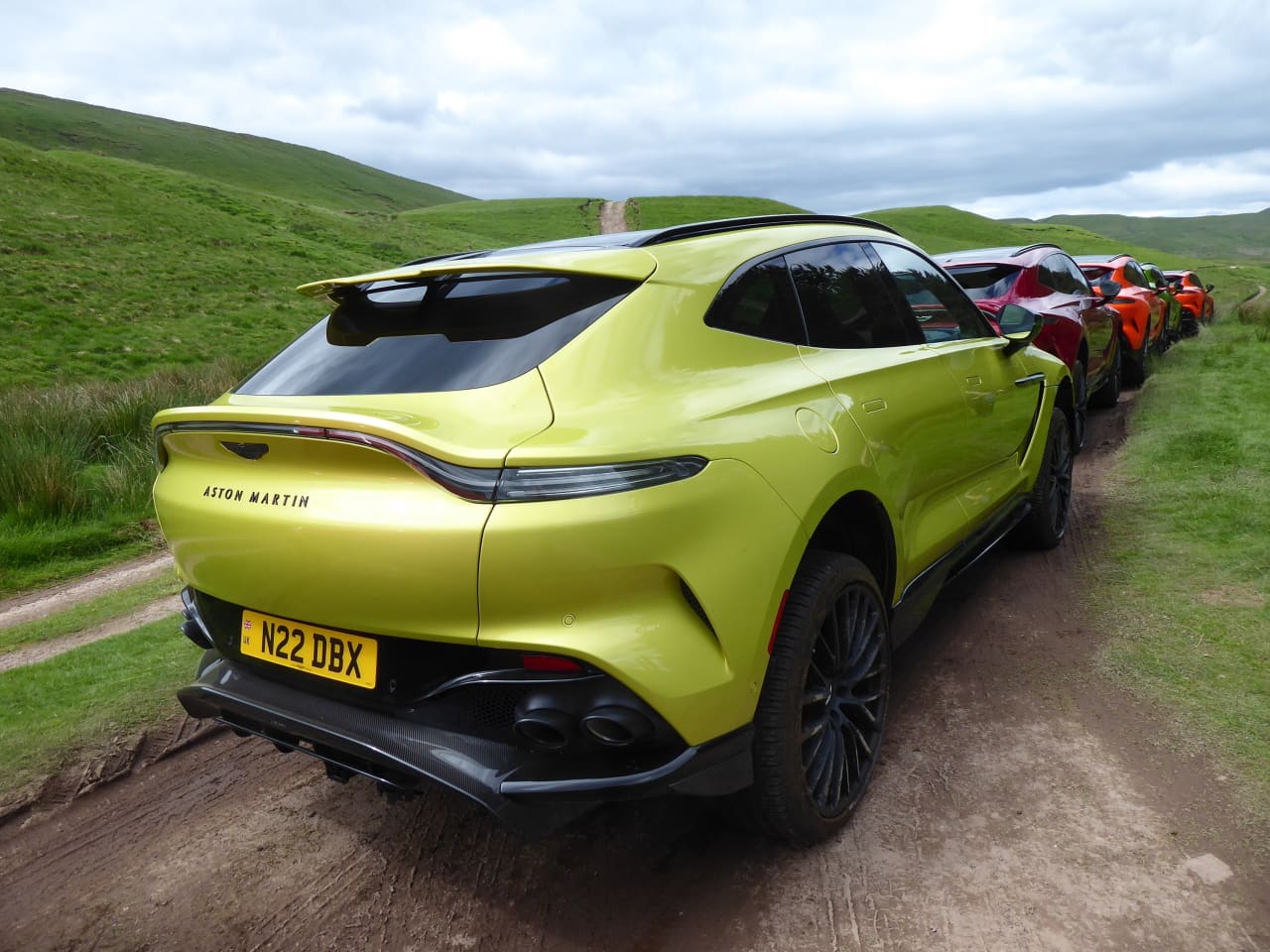
Jim Motavalli
Aston Martin’s portfolio includes accessible, almost mainstream, models like the DBX and exotics like the US$3 million Valkyrie supercar, of which 150 coupes and 85 Spyders have so far been built. Only 40 are left to be constructed. And in addition to the cars, well, there’s real estate. In the wake of Porsche and Bentley, the company developed the Aston Martin Residences in Miami, which had its grand opening in April.
By that time, 99% of the 391 luxury condominiums, located where the Miami River meets Biscayne Bay, had already been sold. But the US$59 million triplex penthouse with 27,191 square feet of living space is available, an Aston spokeswoman says. The 66-storey building is constantly reminding occupants of the Aston brand, whose cues adorn door handles, room number signs, and door tabs.
 Copyright 2020, Dow Jones & Company, Inc. All Rights Reserved Worldwide. LEARN MORE
Copyright 2020, Dow Jones & Company, Inc. All Rights Reserved Worldwide. LEARN MORE
A divide has opened in the tech job market between those with artificial-intelligence skills and everyone else.
A 30-metre masterpiece unveiled in Monaco brings Lamborghini’s supercar drama to the high seas, powered by 7,600 horsepower and unmistakable Italian design.
A 30-metre masterpiece unveiled in Monaco brings Lamborghini’s supercar drama to the high seas, powered by 7,600 horsepower and unmistakable Italian design.
When Lamborghini takes to the water, subtlety isn’t on the agenda. Unveiled at the Monaco Yacht Show, the Tecnomar for Lamborghini 101FT is a 30-metre superyacht that fuses Italian automotive theatre with cutting-edge naval engineering.
The model builds on the collaboration that began in 2020 with the Tecnomar for Lamborghini 63, a sell-out success that celebrated the marque’s founding year.
This new flagship pushes the partnership between Automobili Lamborghini and The Italian Sea Group to a grander scale, designed to deliver the same adrenaline rush at sea that drivers expect behind the wheel.
“The Tecnomar for Lamborghini 101FT redefines the concept of nautical luxury,” said Stephan Winkelmann, Chairman and CEO of Automobili Lamborghini.
“It is not only a yacht, but an affirmation of Italian excellence. The Italian Sea Group and Automobili Lamborghini share an exclusive clientele who are passionate about beauty, technology, and extreme performance.”
Design cues are unmistakably Lamborghini. The yacht’s sharp exterior lines echo the Fenomeno supercar revealed at Monterey Car Week, complete with Giallo Crius launch livery and signature Y-shaped lighting.
Inside, the cockpit and lounges mirror the DNA of Sant’Agata supercars through hexagonal motifs, sculptural seating and dramatic contrasts. With accommodation for up to nine guests and three crew cabins, indulgence meets practicality on every deck.
Performance is equally uncompromising. Three MTU 16V 2000 M96L engines and triple surface propellers generate a combined 7,600 horsepower, driving the yacht to 45 knots at full throttle, with a cruising speed of 35 knots. Two 35 kW generators provide additional efficiency and reliability, ensuring the yacht’s power matches its presence.
Mitja Borkert, Lamborghini’s Design Director, said: “With the Tecnomar for Lamborghini 101FT, we aimed to create a product that embodies the main design characteristics of our super sports cars. All the details, from the exterior to the colour, to the interior areas, recall and are inspired by Lamborghini’s DNA.”
Presented in scale at Monaco, the definitive Tecnomar for Lamborghini 101FT is scheduled to hit the water at the end of 2027. For those who demand their indulgence measured not only in metres but in knots, this is Lamborghini’s most extravagant expression yet.
Now complete, Ophora at Tallawong offers luxury finishes, 10-year defect insurance and standout value from $475,000.
Ophora Tallawong has launched its final release of quality apartments priced under $700,000.









